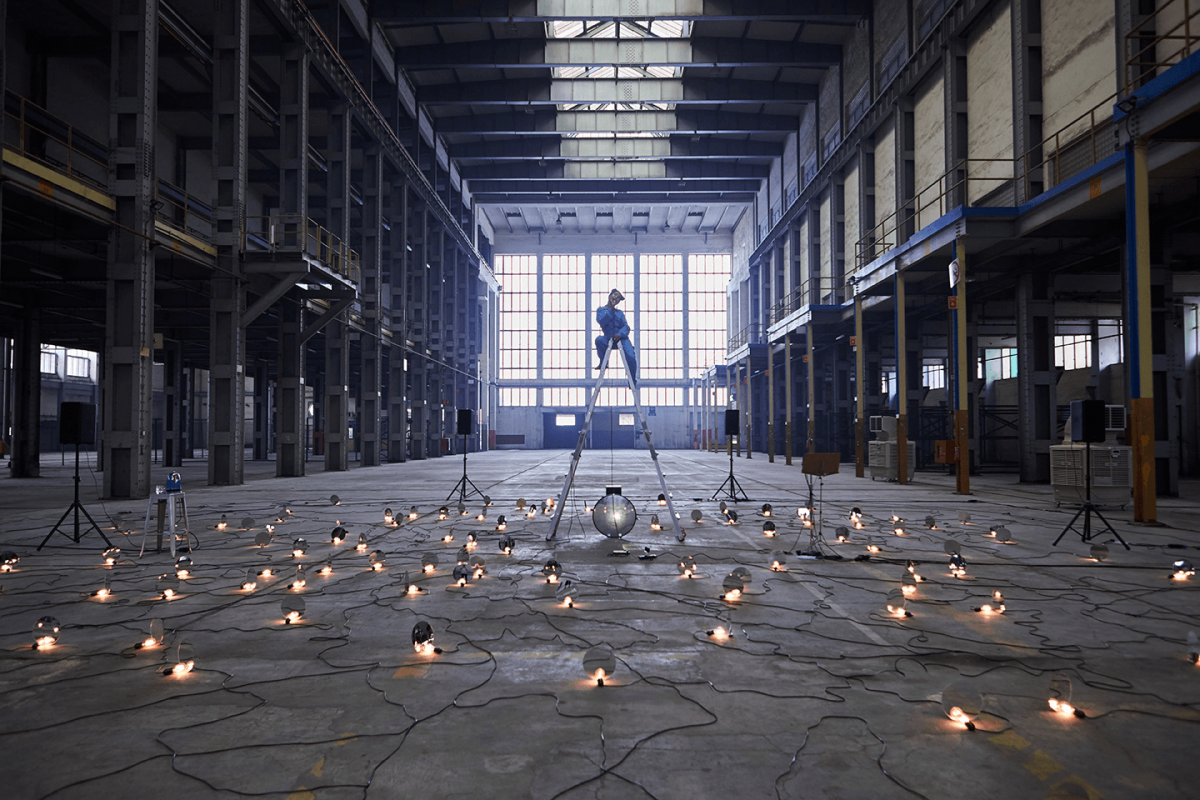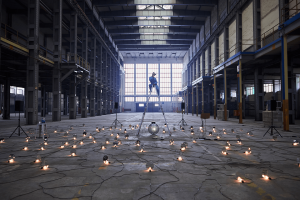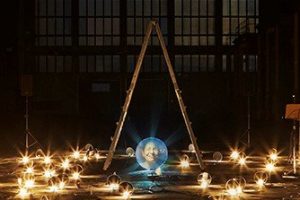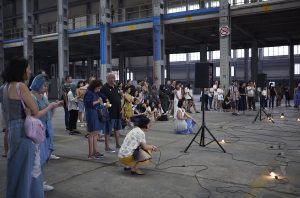Chapter 2: Project Management Goals & Activities
In order to ascertain the meaning of an intellectual conception we should consider what practical consequences might conceivably result by necessity from the truth of that conception; and the sum of these consequences will constitute the entire meaning of the conception.
There needs to be an objective for every project – specific to needs of field, purposes differ from one field to the next. The reading also mentioned budgeting. The importance of budgeting is to ensure sufficient costs or potential risks can be curtailed from the beginning of project.
Geotechnical investigations, surveys, hazardous-materials studies, field reconnaissance visits, and field measurements are required, and these involve performing work on project sites.
The aforementioned are also important factors to consider too – which means the location of where our final design outcome will be placed also needs to be considered. By knowing the basic foundations in making of structures, whether an architectural building, a site installation or etc, experts in this geotechnical field can raise concerns to project managers on potential pitfalls or what can be done, which is necessary especially at beginning stages of project.
Safety is important. This comes in the form of health hazards that may disrupt one’s productivity at work, especially in large scale design projects where teams work together. In this chapter, the phenomenon of sick buildings is a term to describe airborne contaminating the environment inside of a building. This affects the people who work in there if they spend long period of time in the place.
Quality is extremely important to design professionals
Projects of high quality are great business development tools. Clients who are pleased with the quality of a project generally return to the design firm for additional work
Design professionals create a reputation for themselves based on the way they handle their projects. If the process of working through tight deadlines and managing budgets has been good, then the clients would be willing to come back again for future projects.
However, if clients are unsatisfied with the outcomes, then there is a chance that clients may form impressions that make design professionals’ quality of work appear less than. It would be a good opportunity for design professions to look out for any loopholes in the way they managed the project, where they can work on closing the gaps that never knew existed.
This would benefit potential clients as well as themselves, so that by knowing one’s own limitations or potential weaknesses, they would be careful not to repeat the same mistakes again. This goes for all kinds of professions in general, but in the design world, those who take on more experiences from many years should be quick to admit shortcomings of his/her own in and generate clear, sustainable solutions along the way.
This is supported from page 33, where “Learning is a necessary survival skill for project managers for it is the only way to prevent past mistakes from reoccurring.” As a precursor to efficiency, that will be mentioned later on, I thought that it is important that project managers or even other team members voice out concerns at some point during the stages. It is also important that creating a work climate of tension and fault-finding may result in poor productivity for some workers.
Instead, wouldn’t it be better if people were just as quick to exchange creative solutions after every problem surfaced? By acknowledging that shortcoming are part and parcel of life, and that it is predicted to come, to allows teams led by Project Managers to share innovate solutions would be good too. There would be an open air of communication, which is also a necessary part of making sure we are being efficient.
Additionally, “a common way most young project managers learn is by making their own mistakes, which are sometimes mistakes others in the design firm may have already made”. This supports the need to understand nature of team work and large scale projects may be demanding, however there needs to be an open communication
From managing budgets, meeting deadlines, or quality control are some elements that can affect overall quality of work. Alternatively, clients may look elsewhere where their needs are met way beyond their expectations – leaving professionals unaware or confused of what could be done better.
Managing a project, as well as everyone’s expectations, is a juggling act. It takes experience, education, and a lot of practice to properly balance all facets of a project for the benefit of both the project and everyone involved.
Efficiency, which is often confused with effectiveness, is doing things quickly, without a lot of false steps and rework ( explain relevance of this in cultural context in personal work environment
I agree with the statement that efficiency is often mixed up with effectiveness. There seems to be a recurring issue in doing things in a haste manner, instead of thinking things thoroughly and looking out for potential ideas or solutions that would improve effectiveness of the work. Based on my personal experiences, in this day and age there seems to be growing norm of being quick and efficient, which is acceptable but it can also come at a cost.
For example, managing several deadlines would require a student to manage his/her time properly, meaning planning stages need to be well thought out or else there would be tasks done at the last minute. As a result, the quality of work, or idea processes or experimental stages are affected if the time is not managed well. I personally find that quality of work is always supported by thorough research and planning and great time management, and this may not necessarily be done in the most efficient way possible.
The basic phases to start off a project includes:
1. Start-the project begins
2. Planning-figuring out how to perform the work
3. Design-the project’s overall design is worked out
4. Production-preparation of construction documents and/ or other deliverable based on the overall design
5. Closeout-the project work is completed
_______________________________
1. Defining the design project’s scope of work, budget, and schedule-in effect, determining the project objectives
2. Planning the work effort so that the project scope of work, budget, and schedule will be met
3. Directing the design team as it does the work so the project objectives will be met while staying within bud- get and on schedule
4. Coordinating the efforts of the design team so that inter- disciplinary information flows smoothly and at the right time
5. Monitoring the design team’s work product and progress against the project objectives, budget, and schedule
6. Learning from the project-what went right, what went wrong, and how to improve performance on the next project
In summary, Chapter 2 described the importance of having a work plan and having project managers equipped with the right set of attitudes and ethical principles to follow when juggling multiple tasks and people. They do not play the dictatorship or autocratic role. This would be detrimental to the emotional climate of the work environment, and this may gradually affect the outcome of the project.
My personal take on this is culturally, there needs to be a shift in the way we see leadership in 21st century, where hierarchies are still formed in some countries, including Singapore. With design professionals or project managers, they need to understand the nuance of leading people without resorting to autocratic or dictatorship and more open to new possibilities of working in a dynamic that produces the best outcome.
My take on this is that managing the emotional climate, and ensuring that project managers attend to specific needs of people are important in ensuring the work is on track, and that everyone plays a contributory role to quality of the work put in.
As much as having a solid framework from start to end is important, I also think having some sense of spontaneity may work in some processes. However, my limited experience in working in design industries may make this statement not so relevant but still something to think about, because it can possibly lead to new ways of learning.
Chapter 5: Planning the Project
pg 81-110
Design professional are planners by profession.
As someone who works as a publicity officer in the
They try out various alternatives, making sketches over and over until the design is just right
A design project must be planned. This is the only consistent way of achieving project success without blindly hoping for a lucky roll of the dice. Not planning projects is also a plan, a bad plan. It is a plan to fail.
A giant leap, yes, but it was the small steps of a well-thought-out and executed plan that got him(Neil Armstrong), first astronaut to land on moon) there.
When the project manager does not know a certain aspect of the work-and this is both understandable and common-the project manager must consult with others who do.
Explain assumption that project managers tend to know everything, there fore assumed role as a leader, tends to associate them with qualities of a know-it-all, which is an assumption. Therefore, it is very important
Planning large projects is a lot like eating a whale. The trick is to divide the project into manageable bites or pieces-called tasks-and then chew them in the correct order (see Figure 5.5).
Something unexpected almost always happens on projects. Consequently, it is a good idea to squirrel away a little money for the unexpected
As mentioned in previous chapter, on spontaneity, there is also some thing unpredictable that can happen along the way. Hence, before the problem becomes difficult to resolve, storing a portion of money aside as a potential solution is useful.
The project manager also uses the project schedule as a timeline benchmark, against which project progress can be compared to see if work is being accomplished at the pace it should be
Two kinds of knowledge required to properly plan a project:
1. An understanding of project management
2. The technical knowledge and experience that comes from actually doing design work
There are six objectives of the project work plan. These are:
1. Definition of the project objectives
2. Identification of the project team
3. Breakdown of the project into task budgets
4. Development of the project schedule
5. Establishment of the project quality-control program
6. Identification of other project-specific procedures and standards
In summary, there is a lot of lists pertaining to project work plans – from the practical to the theoretical. I would only follow one that is best suited to my personal objectives of planning Final Year Project in the coming months. In pages 106-107, “Outline of a Typical Project Work Plan Document” seems to covers all things necessary.
















